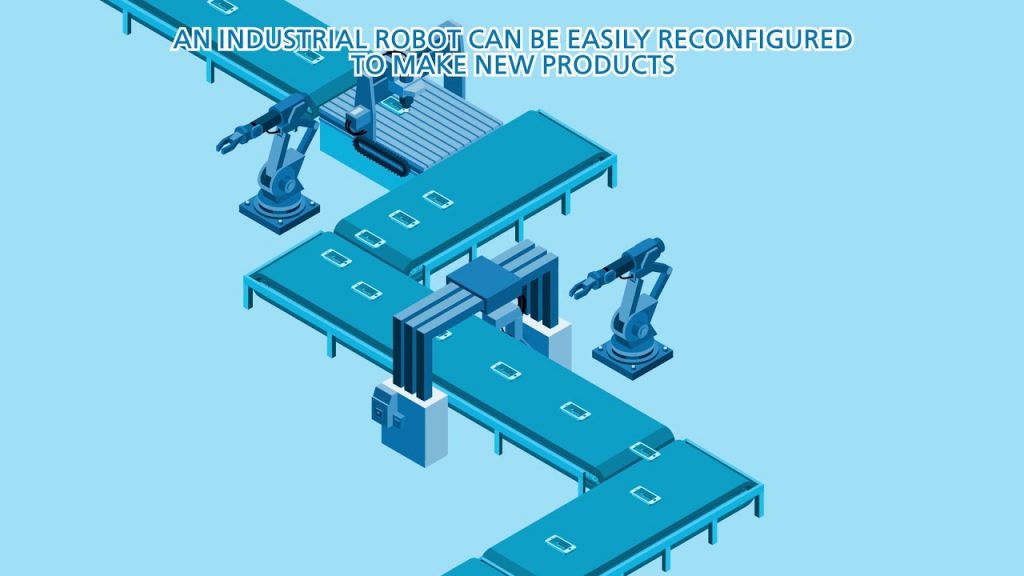Industrial Robot Integration: Revolutionizing Manufacturing Processes
The integration of industrial robots has brought about a significant transformation in the manufacturing industry. With advancements in technology, the seamless integration of robots into manufacturing processes has become a reality. This article will delve into the world of industrial robot integration, exploring its benefits and impact on the manufacturing landscape.
Industrial robot integration involves the incorporation of robots into various stages of the manufacturing process. These robots are designed to perform repetitive tasks with precision and speed, enhancing efficiency and productivity. In recent years, the concept of 10 Robot Systems Integration has gained traction, enabling manufacturers to automate their production lines effectively.
The integration of industrial robots offers a myriad of benefits. First and foremost, it enhances production efficiency. Robots can work continuously without the need for breaks, reducing downtime and maximizing output. They can perform tasks with consistent accuracy, minimizing errors and rework. This not only improves the overall quality of the products but also reduces wastage, leading to cost savings for manufacturers.
Moreover, industrial robot integration helps alleviate the burden of labor-intensive tasks. Robots can handle heavy lifting, repetitive actions, and hazardous operations, ensuring the safety and well-being of human workers. This not only reduces the risk of workplace accidents but also allows employees to focus on more complex and creative tasks, enhancing job satisfaction.
The integration of robots also enables manufacturers to meet growing consumer demands. With the ability to work at a faster pace, robots can increase production capacity, ensuring timely delivery of products. This is particularly crucial in industries where there is a need for mass production, such as automotive or electronics manufacturing.
One notable aspect of industrial robot integration is the concept of collaborative robots or cobots. Unlike traditional robots that require separate workspaces and safety barriers, cobots can work alongside human workers. They are equipped with advanced sensors and safety features, ensuring a safe working environment. This collaborative approach enhances flexibility and adaptability in manufacturing processes.
The implementation of industrial robot integration, however, requires careful planning and consideration. It is essential to assess the specific needs of the manufacturing process and select the appropriate robot system. Factors such as payload capacity, reach, and precision must be taken into account to ensure seamless integration. Additionally, training and upskilling of employees are vital to ensure a smooth transition and effective utilization of the robot systems.
A case study that exemplifies the successful implementation of industrial robot integration is the XYZ Manufacturing Company. They sought to automate their assembly line, which involved intricate and repetitive tasks. By integrating industrial robots into their production process, they witnessed a significant increase in productivity and a reduction in errors. The robots worked alongside human workers, allowing for a collaborative and efficient work environment.
Looking ahead, the future of industrial robot integration appears promising. As technology continues to advance, robots are becoming more sophisticated and adaptable. The integration of artificial intelligence and machine learning algorithms enables robots to learn and adapt to different manufacturing scenarios. This opens up possibilities for even more complex and intricate tasks to be performed by robots.
In conclusion, industrial robot integration is revolutionizing the manufacturing landscape. With its ability to enhance efficiency, improve quality, and ensure worker safety, it has become an integral part of modern manufacturing processes. As the industry continues to evolve, the seamless integration of robots will play a pivotal role in driving productivity and innovation. It is undoubtedly an exciting time for manufacturers as they embrace the transformative power of industrial robot integration.
Industrial Robot
“Streamlining Operations: Maximizing Efficiency with Robot Systems Integration and Industrial Robotics”



